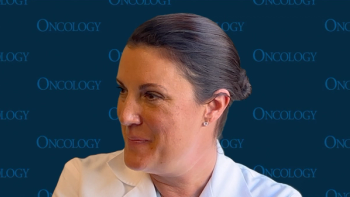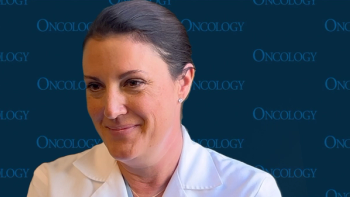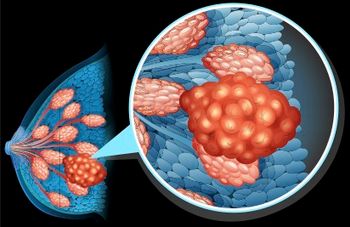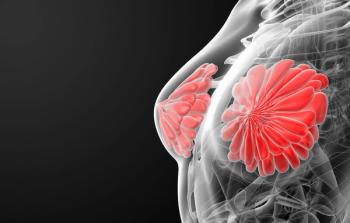
- ONCOLOGY Vol 14 No 8
- Volume 14
- Issue 8
Primary Chemotherapy in the Treatment of Breast Cancer: Significantly Enhanced Clinical and Pathologic Response With Docetaxel
The most efficacious primary chemotherapy regimens used to treat breast cancer contain anthracyclines. Unfortunately, a significant proportion of breast cancers fail to respond to such therapy. Therefore the aims of this study were (1) to determine the efficacy of primary docetaxel (Taxotere) in patients that initially fail to respond to anthracycline-based primary chemotherapy, and (2) to compare the efficacy of docetaxel with anthracycline-based primary chemotherapy in patients that are initially responsive to such therapy.
The most efficacious primary chemotherapy regimens used to treat breast cancer contain anthracyclines. Unfortunately, a significant proportion of breast cancers fail to respond to such therapy. Therefore the aims of this study were (1) to determine the efficacy of primary docetaxel (Taxotere) in patients that initially fail to respond to anthracycline-based primary chemotherapy, and (2) to compare the efficacy of docetaxel with anthracycline-based primary chemotherapy in patients that are initially responsive to such therapy.
Patients with large (³ 3 cm) or locally advanced (T3, T4, Tx, N2) breast cancers received four pulses of CVAP (cyclophosphamide [Cytoxan, Neosar] 1,000 mg/m², vincristine 1.5 mg/m², doxorubicin 50 mg/m², prednisolone 40 mg for 5 days) primary chemotherapy. After four cycles (3-weekly) clinical tumor response was assessed (UICC criteria). Those with a partial (PR) or complete response (CR) were randomized to receive either four further pulses of CVAP or four pulses of docetaxel (100 mg/m²). All patients in whom stasis or progression of disease occurred received four further pulses of docetaxel (100 mg/m²). Following completion of the chemotherapy regimen, final tumor response was assessed (as above) and appropriate surgery performed. Pathologic response was determined.
A total of 158 patients have completed eight cycles of primary chemotherapy. 104 women were suitable for randomization (PR or CR). In randomized patients, the final clinical PR or CR rate was 68% in the CVAP group and 94% (X² = 11.2, P = .001) in the docetaxel group. Nonrandomized patients had a final clinical PR or CR of 51%. Pathologic response (CR or PR) in randomized patients was 58% with CVAP and 78% with CVAP and docetaxel (X² = 4.5, P = .033); in nonrandomized patients it was 36%.
In randomized patients, following completion of primary chemotherapy axillary lymph nodes were positive in 36% who received CVAP and 43% who received CVAP and docetaxel (X² = 0.4, P = .516); 40% of nonrandomized patients had axillary lymph node involvement.
CONCLUSION: Primary treatment with docetaxel resulted in a significant improvement in clinical and pathologic response.
Articles in this issue
about 25 years ago
Commentary on Abstract #280about 25 years ago
Commentary on Abstract #527about 25 years ago
Commentary on Abstracts #986 and #1015about 25 years ago
Commentary on Abstract #1916about 25 years ago
Commentary on Abstracts #341, #347, and #333about 25 years ago
Commentary on Abstracts #407 and #424about 25 years ago
Commentary on Abstracts #349 and #1259about 25 years ago
Commentary on Abstracts #317 and #322about 25 years ago
Commentary on Abstracts #254 and #330about 25 years ago
Commentary on Abstract #336Newsletter
Stay up to date on recent advances in the multidisciplinary approach to cancer.


















































































